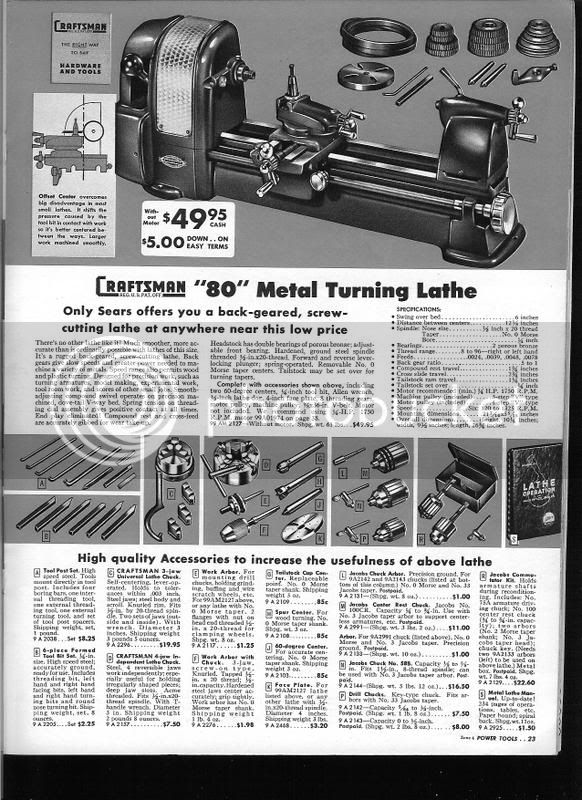- Joined
- Aug 22, 2007
- Messages
- 193
- Reaction score
- 1
I was helping my son's Father-in_Law clean out an old barn on a piece of property that he just bought and ran across this little item.
I know it is a Sears (partial name plate) but have no idea what model or vintage.
It is very rusty but no deep pits. I oil sanded a small area on the bed and it came off easier than expected. OK, now what??? Do you think it can be salvaged??? Where should I start?? like what to spray on it or soak it in.
Thanks
Julian





I know it is a Sears (partial name plate) but have no idea what model or vintage.
It is very rusty but no deep pits. I oil sanded a small area on the bed and it came off easier than expected. OK, now what??? Do you think it can be salvaged??? Where should I start?? like what to spray on it or soak it in.
Thanks
Julian










